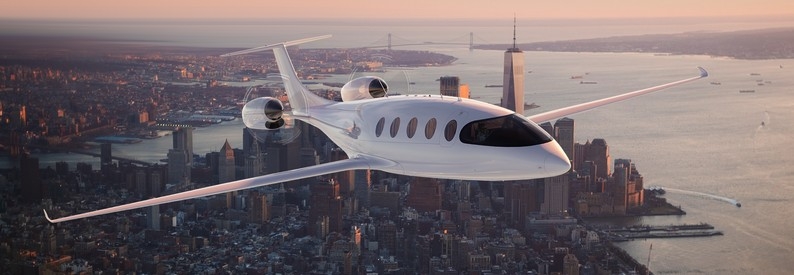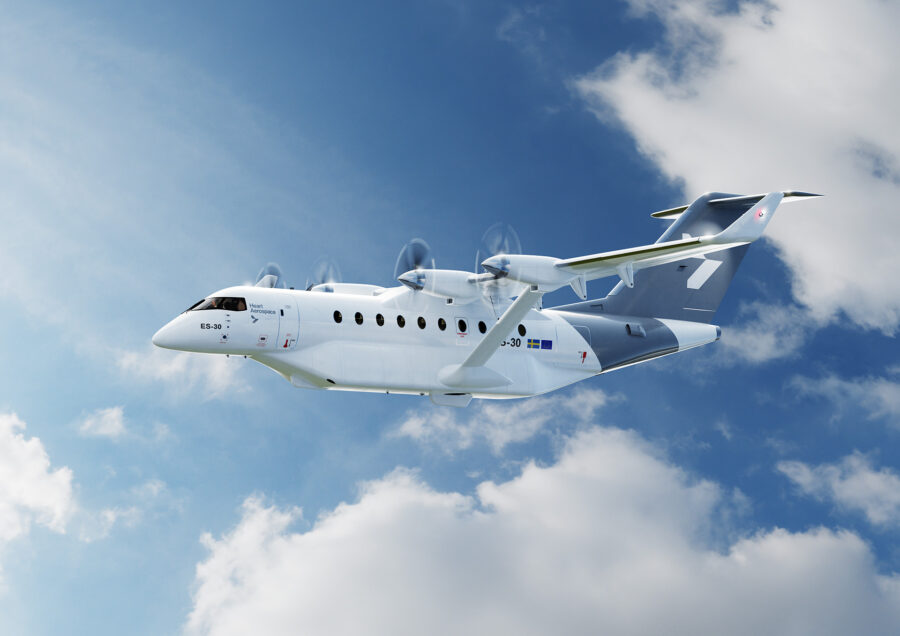Electric Planes Are Finally Flying Without Fuel—and Changing Air Travel

In a groundbreaking shift for aviation, electric aircraft are now taking to the skies—ushering in a new era of cleaner, quieter, and more efficient air travel. Once seen as futuristic prototypes, electric planes in 2025 are rapidly becoming a reality, transforming everything from urban air taxis to regional commuter jets.
As the world confronts the environmental toll of fossil fuels, the aviation sector is embracing a profound technological transformation. Advances in battery density, lightweight composite materials, and hybrid-electric propulsion systems are driving this evolution, enabling aircraft to fly farther and operate with near-zero emissions. What was once a niche innovation has now become a central pillar of aviation’s sustainability strategy.
Leading aerospace startups and established manufacturers alike are unveiling aircraft designed to reduce noise, cut carbon emissions, and lower operating costs. These next-generation planes are proving that eco-friendly flight doesn’t have to compromise speed, safety, or passenger comfort. From short-haul connections linking regional hubs to vertical takeoff aircraft revolutionizing city transport, electric aviation is quietly rewriting the future of flight.
The Game-Changer: Pipistrel Velis Electro
The Pipistrel Velis Electro stands out as a groundbreaking achievement in the electric aviation sector. As the world’s first type-certified electric aircraft, this Slovenian-made, two-seat trainer is making waves. It generates 57.6 kW of power through its E-811 electric motor, achieving a cruise speed of 101 mph. The Velis Electro is designed for flight training and is operational in more than 30 countries, establishing a new standard for electric aviation.
One of its most impressive features is its ultra-quiet operation at only 60 dBa, a stark contrast to traditional aircraft. Its 50-minute flight capability, coupled with zero emissions, makes it a compelling choice for those looking to minimize their carbon footprint. As a result, the Velis Electro is not only a technological marvel but a crucial step toward sustainable aviation.
Eviation Alice: A Step Toward Sustainable Travel
Developed in Israel, the Eviation Alice is a clean-sheet, all-electric passenger aircraft designed for efficiency and sustainability. It is powered by two magni650 electric propulsion units and completed its first flight in September 2022. Alice can carry nine passengers across distances ranging from 150 to 250 miles at a cruise speed of 253 mph.
With a 95% composite airframe, Alice is a testament to cutting-edge engineering. Its design is not only about sustainability but also about redefining regional travel. Alice’s success in demonstrating the viability of electric-powered regional flights marks a significant milestone in aviation history. Its ability to offer cleaner, quieter, and more economical flights positions it as a model for the future of air travel.
NASA X-57 Maxwell: Pushing Boundaries
The NASA X-57 Maxwell was an ambitious project that aimed to showcase the potential of distributed electric propulsion. Though the program concluded in March 2024, it played a pivotal role in advancing electric aviation research. The X-57 featured 14 electric motors powered by a 460-volt battery system, targeting a 500% improvement in cruise efficiency and zero in-flight emissions.
While the X-57 never took to the skies, the research and insights gained from the project have been invaluable. The knowledge acquired has helped pave the way for future generations of electric aircraft, illustrating NASA’s commitment to innovation and environmental stewardship in aviation.

Heart Aerospace ES-30: The Future of Regional Air Travel
Sweden’s Heart Aerospace ES-30 is redefining regional air travel with its hybrid-electric design. This aircraft combines electric and hybrid propulsion to offer a 108-nautical-mile all-electric range and up to 400 km in hybrid mode. The ES-30 is designed to seat 30 passengers, making it ideal for regional routes.
With major carriers like United Airlines and Air Canada placing more than 250 orders, the ES-30 is set to make a significant impact on the aviation industry. Heart Aerospace aims for certification by the end of the decade, marking a major step toward sustainable regional aviation. The ES-30 exemplifies the innovative spirit needed to create a greener future for air travel.
Beta Technologies ALIA CX300: A Vision of American Innovation
Beta Technologies’ ALIA CX300 is a testament to American innovation in the electric aviation industry. Inspired by the Arctic tern, this five-passenger aircraft features a sleek 50-foot wingspan and a single rear-mounted pusher motor for maximum aerodynamic efficiency. With a range of 250 miles and rapid-charge capability, the ALIA is designed for regional freight and passenger missions.
In May 2022, the ALIA demonstrated its endurance with a remarkable 1,400-mile cross-country flight, underscoring its technical reliability. This achievement highlights the growing feasibility of a nationwide electric aviation network. As the industry continues to evolve, the ALIA CX300 stands out as a pioneering model for the future of electric flight.
The dawn of electric aviation marks one of the most significant turning points in modern air travel. As technology and infrastructure continue to advance, the boundaries of what’s possible are expanding fast. The question now is not if electric aviation will reshape the skies—but how soon it will make jet pollution a thing of the past.
Related News: https://airguide.info/?s=electric+aircraft
Sources: AirGuide Business airguide.info, bing.com, sustainability-times.com
